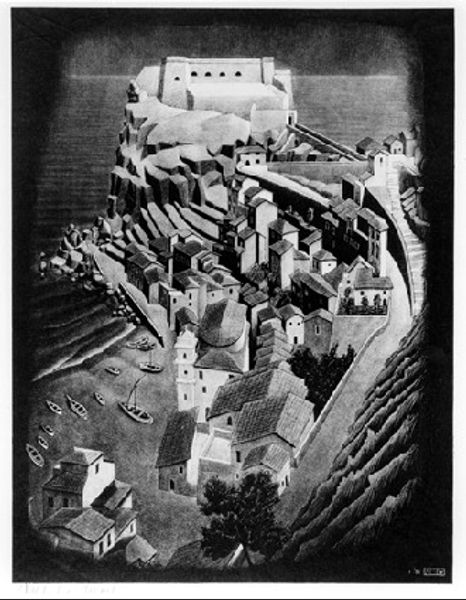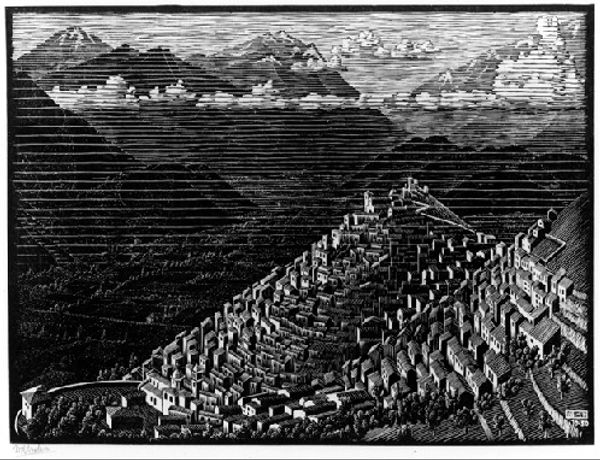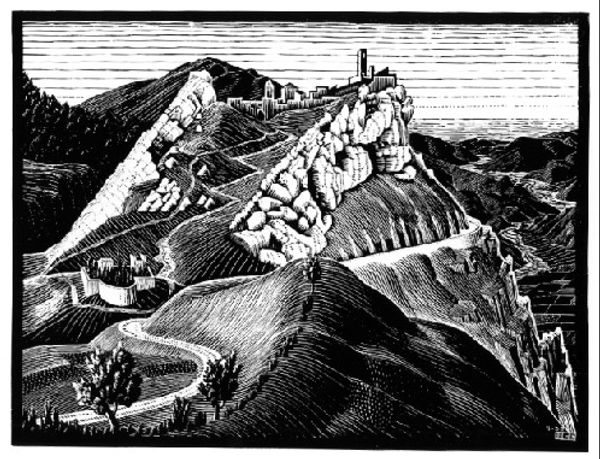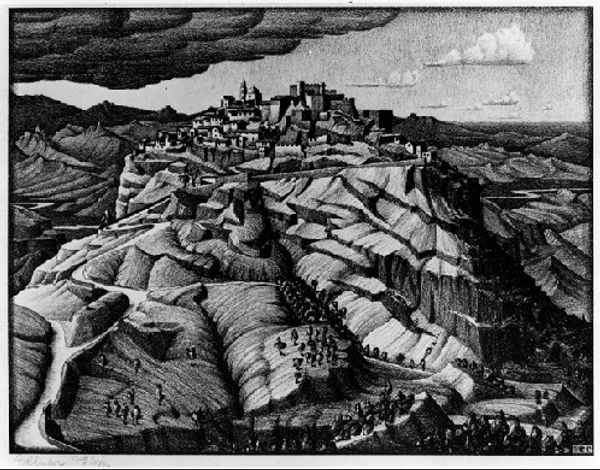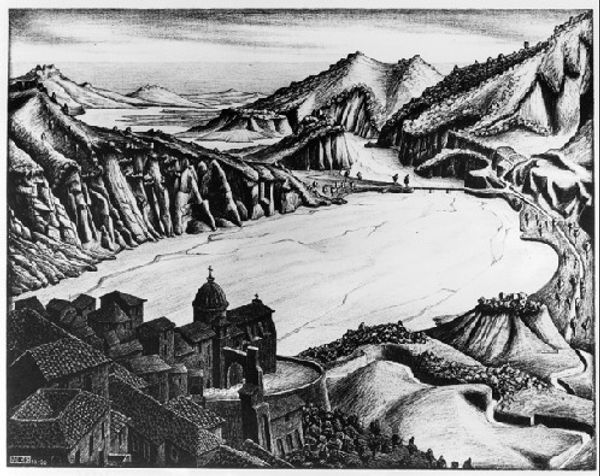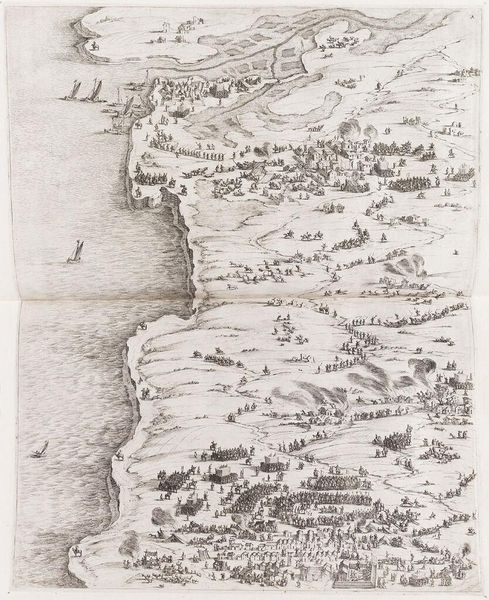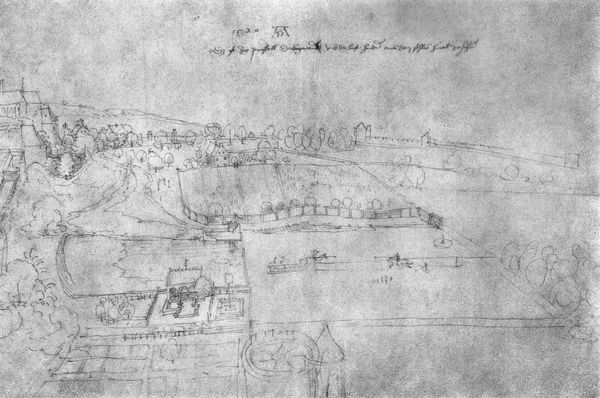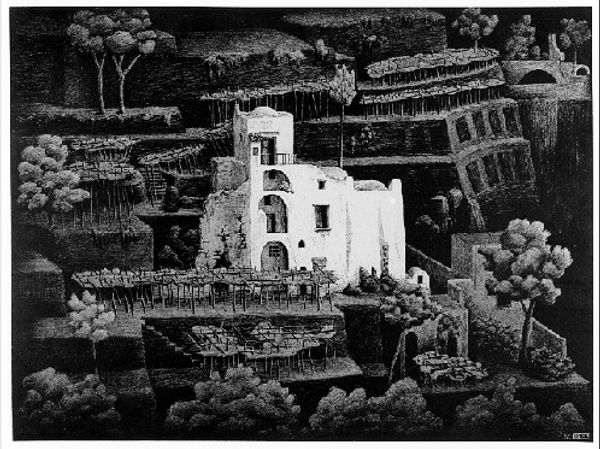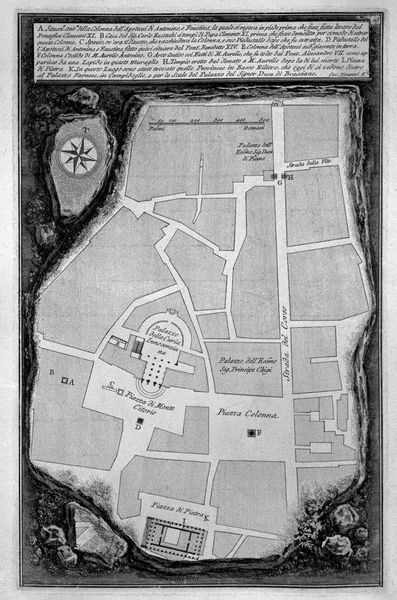
Copyright: M.C. Escher,Fair Use
This is Maurits Cornelis Escher’s wood engraving “Gulf of Porto, Corsica” from December 1933. Escher was Dutch but spent a significant amount of time traveling in Italy during the interwar years of the 1920’s and 30’s, and this image is one of many landscapes he produced during that time. The interwar period was one of political and economic instability, marked by the rise of fascism, the devastation of World War I, and the Great Depression. This sociopolitical context deeply affected the lives of artists like Escher, who sought refuge and inspiration in travel and exploration of the natural world. Escher was particularly taken by the architecture and landscapes of Italy. Here, we see the rocky coast and a watchtower. The perspective is high and almost map-like, and perhaps speaks to a desire to take control through observation. Escher’s landscapes offer us respite and reflection in the face of the turmoil of the early 20th century. They remind us of the enduring beauty and resilience of the natural world.
Comments
No comments
Be the first to comment and join the conversation on the ultimate creative platform.
